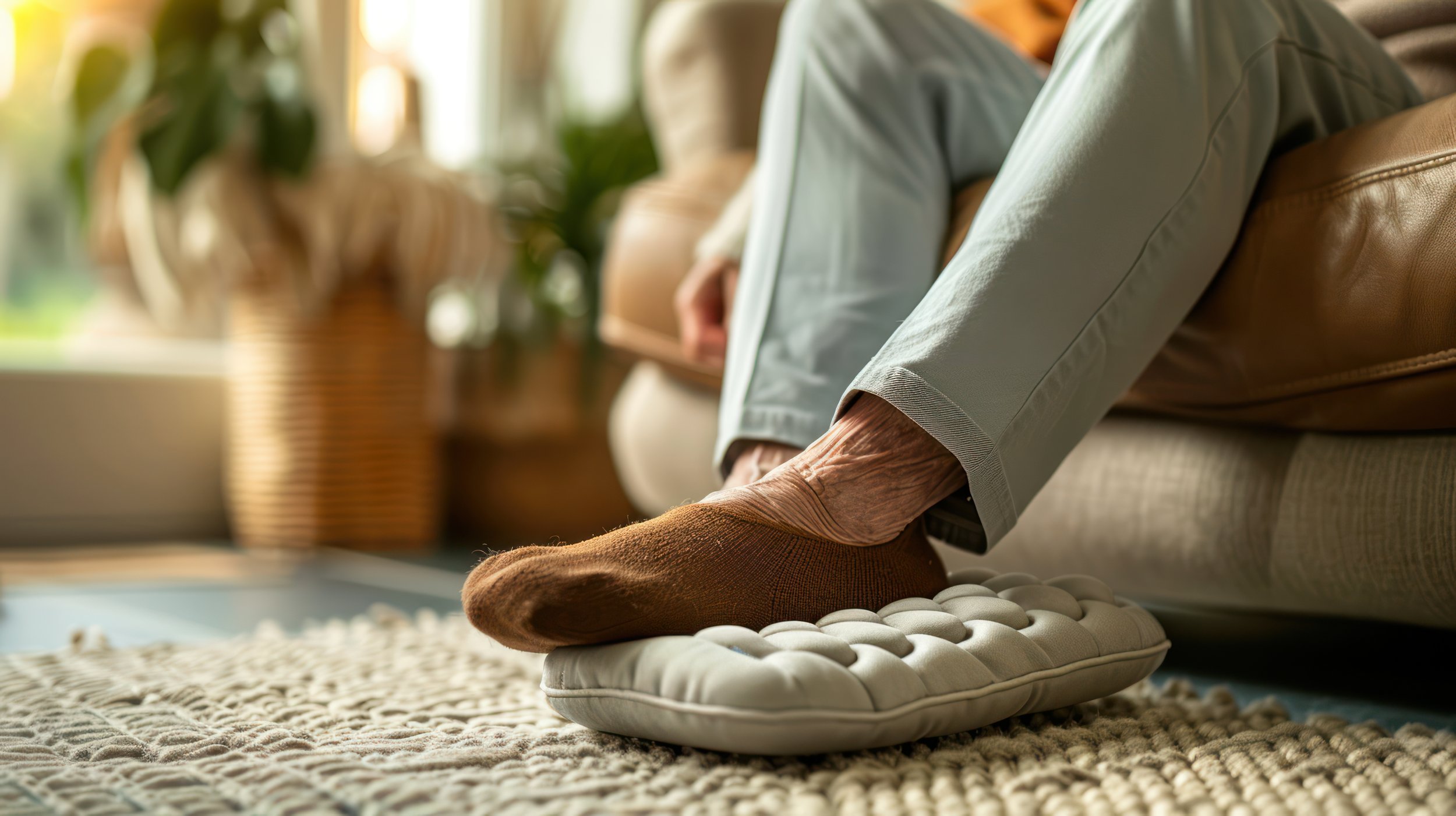How Our Feet Change as We Age, and How to Choose the Right Shoes
Our bodies undergo numerous changes as we age, and our feet are no exception. For those who love shoes or are simply concerned about foot health, understanding the common changes our feet experience is essential. Knowing how to adjust your shoe choices can make all the difference in comfort, support, and overall foot health.
Here, we’ll break down how feet change over time, whether they get larger, wider, or taller, and what steps you can take to adapt your footwear accordingly.
Do Our Feet Get Larger as We Age?
The short answer is—yes, but not in the way you might think. Feet don’t keep “growing” in the way they did during childhood and adolescence, but they often appear larger due to structural changes, including:
Flattening Arches: With age, the ligaments and tendons in your feet can weaken, causing the arch to flatten. This flattening can make feet longer and wider.
Loss of Fat Cushioning: The natural padding on the soles of your feet decreases over time. This can make wearing shoes feel less comfortable and may even give the impression of a size change.
Joint Changes: Conditions such as arthritis or bunions can alter the shape of your feet, often making them wider. Additionally, hammer toes or other deformities may develop, contributing to changes in foot dimensions.
Swelling (Edema): Aging adults often experience fluid retention, particularly after standing for long periods, which can cause feet to swell and appear larger.
While the bones in your feet don’t continue to grow, these factors combined can lead to your feet fitting differently in shoes than they did in your younger years.
How Aging Affects Shoe Size and Comfort
As your feet change, your shoe size might no longer be what it once was. A size that felt perfect a decade ago might feel too tight or insufficiently supportive now. These changes often lead to foot discomfort, fatigue, or even more severe foot issues if ignored.
Common discomforts that can arise from inadequate footwear include:
Corns, calluses, and bunions due to tight shoes.
Plantar fasciitis, often caused by a lack of arch support.
Increased risks of falls due to poorly fitting, unsupportive shoes.
Tips for Choosing Shoes as You Age
Thankfully, adjusting your shoe choices as you get older can improve not just foot comfort but your overall mobility. Here are some strategies for selecting the perfect pair as your feet change:
1. Measure Your Feet Regularly
It’s recommended to have your feet measured once a year. Changes in width, length, and even arch height can affect the right fit. Always measure both feet and choose shoes based on the larger foot.
2. Opt for Supportive Shoes
Look for shoes with built-in arch support, cushioned insoles, and adequate heel stability. These features can help alleviate discomfort caused by flattening arches or diminished fat padding.
3. Prioritize Width and Toe Room
If your feet are widening over time, choosing shoes with plenty of width and a roomy toe box will reduce the risk of bunions, calluses, and other issues caused by compression.
4. Consider Adjustable Features
Shoes with adjustable straps, elastic panels, or laces can provide a customized fit as your feet swell throughout the day.
5. Pick Shoes with Soft, Breathable Materials
Materials like leather or flexible mesh accommodate changes in foot shape and prevent uncomfortable rubbing.
6. Invest in Custom Insoles
For added comfort, consider orthotic insoles tailored to your feet. These can help correct alignment, relieve pressure, and enhance support.
7. Avoid High Heels and Narrow Shapes
While stylish, high heels and narrow shoes can exacerbate foot pain and structural issues. Opt for more stable designs that prioritize your long-term foot health.
The Importance of Regular Foot Care
Adapting your shoe choices is only part of the solution. Practicing regular foot care can prevent common aging-related foot problems. Here are some essential tips:
Moisturize Often: Keep your skin hydrated to prevent cracking and dryness.
Keep Toenails Trimmed: Overgrown nails can lead to discomfort in shoes.
Perform Daily Foot Checks: Look for any signs of swelling, discoloration, or injuries, which might signal circulation issues or other concerns.
See a Podiatrist: Consult a professional regularly to address any foot pain or conditions like bunions and hammer toes.
Final Thoughts
Aging doesn’t mean you have to compromise on foot comfort or style. By understanding how your feet change and selecting the right footwear, you can continue to enjoy comfortable, supportive shoes without sacrificing your love for great design.
Whether you’re a shoe lover, or simply looking to keep your steps as comfortable as possible, your footwear choices are key. Start prioritizing supportive, well-fitted shoes today—you’ll thank yourself with every step.




